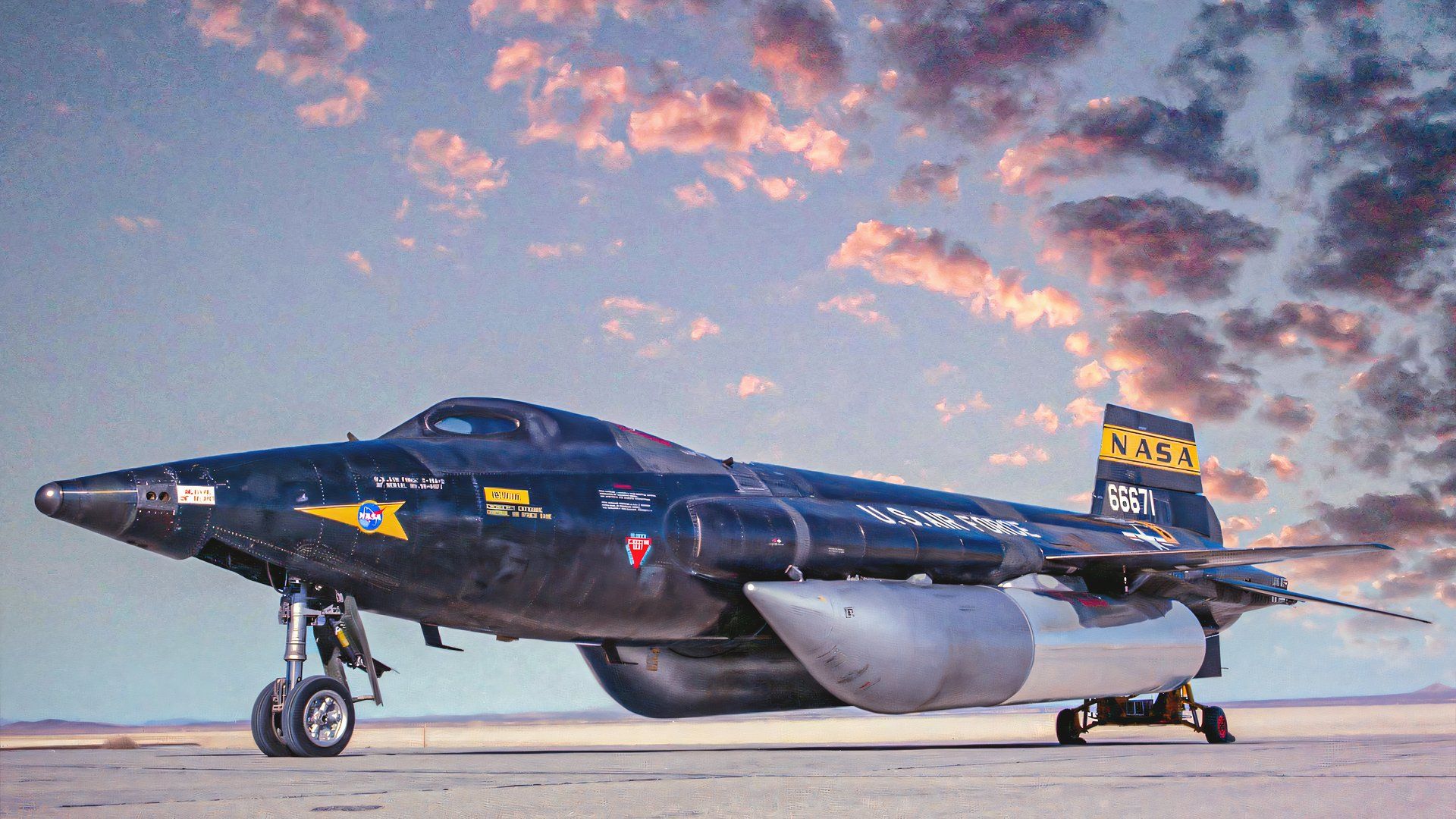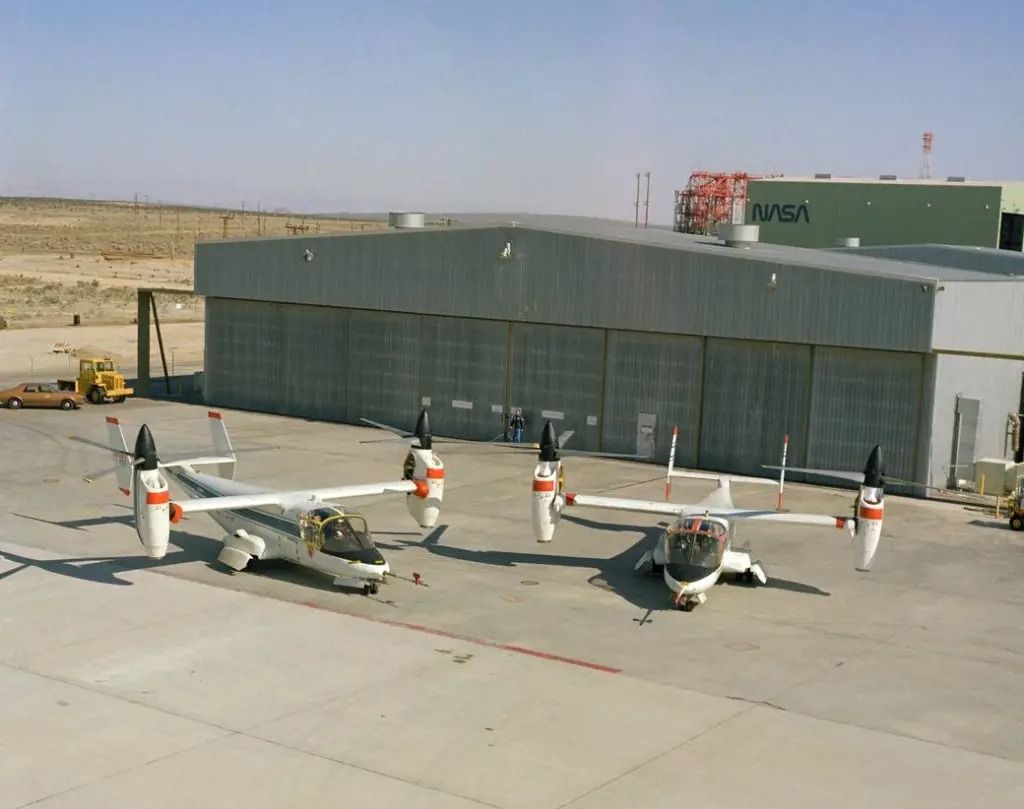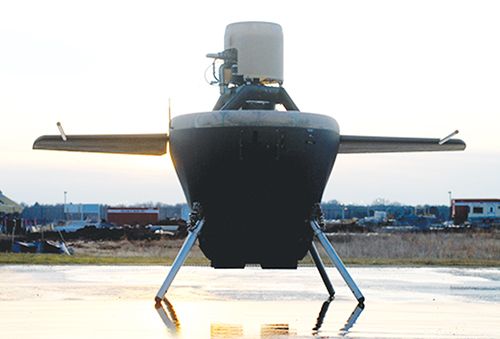Summary
- NASA, a civilian agency, has historically had connections with the military, with many astronauts coming from military backgrounds.
- NASA programs and technologies have influenced US military aircraft designs, such as the Bell X-1, which broke the sound barrier.
- Other examples of NASA’s influence on military aircraft designs include the XV-15 Tiltrotor, the Excalibur and GoldenEye UAVs, the McDonnell Douglas F-15B Eagle, and the P-3 Orion.
The National Aeronautics and Space Administration (NASA) is, to be sure, a civilian agency of the US Federal Government, independent of the US Department of Defense (DOD) and the United States Space Force (USSF). That civil status adheres to the Outer Space Treaty (the Treaty on Principles Governing the Activities of States in the Exploration and Use of Outer Space, including the Moon and Other Celestial Bodies) of 1967. It forbids establishing military bases, testing weapons, and conducting military maneuvers on celestial bodies.
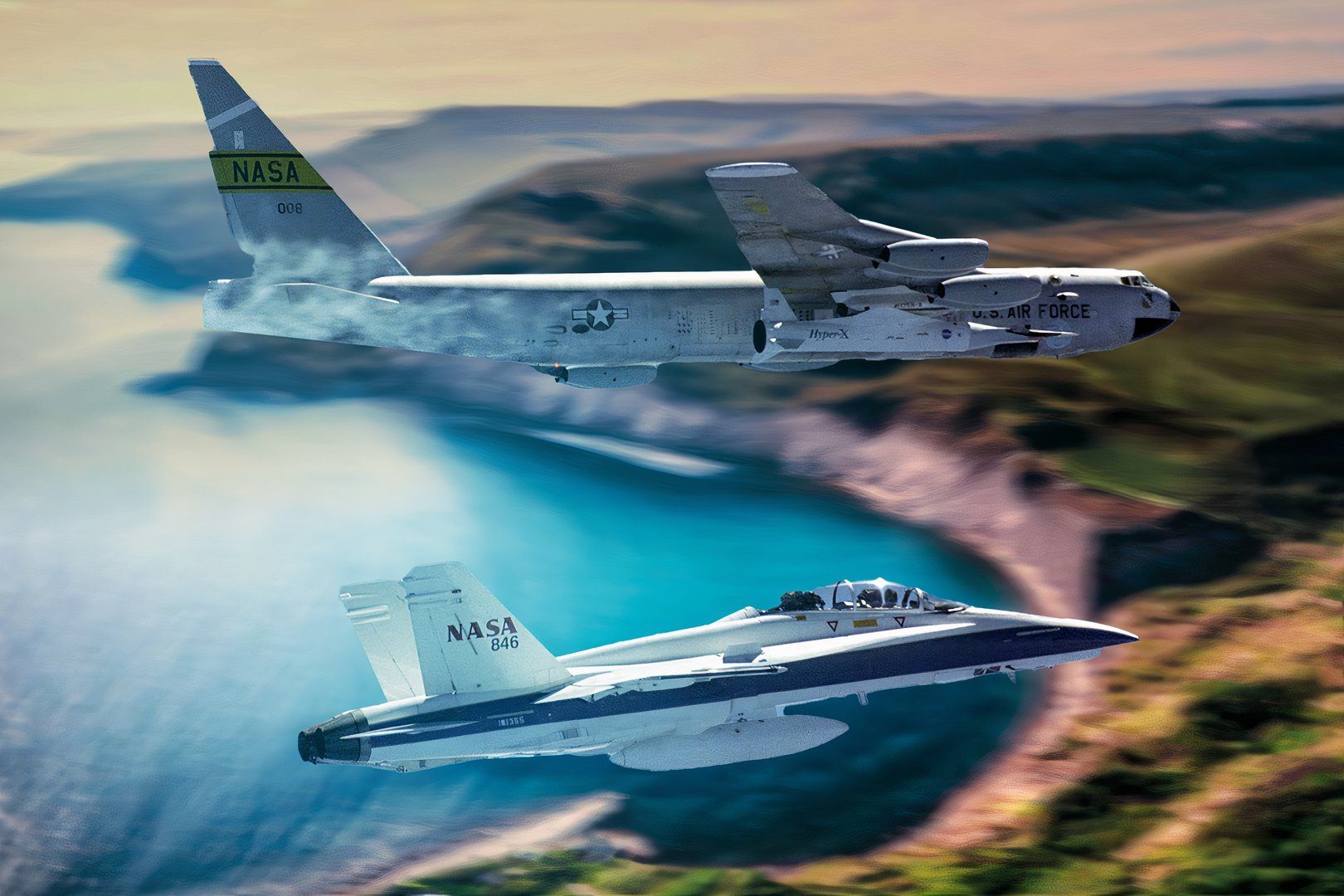
Related
5 Amazing Military Planes Flown By NASA
NASA finds uses for a range of ex-military aircraft – often extensively modified for scientific mission purposes.
Historically, there has been a strong NASA nexus with the military. Many NASA astronauts have come from military backgrounds, from Alan B. Shepard (RADM, USN, Ret.; first American in space) to John Glenn (Col, USMC, Ret.; to former NASA Administrator (and first African-American to pilot the Space Shuttle) Charles F. Bolden Jr. (MajGen, USMC, Ret.). (Bolden is a fellow USC alumn, with whom I’ve had the honor and pleasure of meeting in person twice.) Therefore, it’s unsurprising that NASA programs and technologies influenced US military aircraft designs.
Simple Flying takes a look at 5 examples of these designs.
5
Bell X-1
Broke the sound barrier…and broke the mold for supersonic airplanes
One could nitpick my first selection here. After all:
- Chuck Yeager (Brig, Gen., USAF Ret.; February 13, 1923 – December 7, 2020), the first man to break the sound barrier in the X-1 on October 14, 1947, was never an astronaut.
- The X-1 was a joint project between the US Air Force and National Advisory Committee for Aeronautics (NACA), the predecessor agency to NASA, and the NACA-to-NASA transition didn’t officially occur until October 1, 1958.
Fair enough. However, there are two strong counter-points:
- Author Tom Wolfe still saw fit to include Chuck’s story in his bestselling 1979 book about the Mercury space program “The Right Stuff” (made into an Oscar-winning 1983 movie with an all-star cast)
- Just as the USAF includes the predecessor US Army Air Forces (USAAF) in its official history, so too does NASA with NACA.
So there!
Indeed, as NASA’s official X-Planes info page says about the X-1:
“The first-generation X-1 aircraft changed aviation history in numerous ways, and not simply because they were the first to fly faster than the speed of sound. Rather, they established the concept of the research aircraft built solely for experimental purposes, unhampered by any military or commercial requirements or expectations of being produced in large numbers. Although subsequent X-planes were built for a wide range of purposes – technology or concept demonstrators, unmanned test missiles, and even as prototypes – the X-1s were built to go faster than an aircraft had ever flown before. ”
Nowadays, supersonic military aircraft, from the F-15 Eagle to the F-22 Raptor to the B-1B Lancer AKA “Bone” (and yes, even adversary aircraft like the Soviet-designed MiG-25 “Foxbat”) are taken for granted. However, it was the USAF-NACA X-1 that set the precedent and the speed record for its time.
4
XV-15 Tiltrotor
Predates the Osprey by 16 years
As I noted in a previous Simple Flying article, the Boeing Bell V-22 Osprey is the world’s first production tiltrotor aircraft. It made its maiden flight back on March 18, 1989, and finally achieved full operational status with the US Marine Corps on June 13, 2007.
However, NASA had a tiltrotor prototype long before that. As NASA explains in its X-Planes page:
“The development of the XV-15 Tiltrotor research aircraft was initiated in 1973 with joint U.S. Army/NASA funding as a “proof of concept” or “technology demonstrator” program with two aircraft being built by Bell Helicopter Textron in 1977. Limited research was conducted at NASA Armstrong in 1980 and 1981. The XV-15 combined standard aircraft cruise flight with vertical takeoff and landing (VTOL) and short takeoff and landing (STOL) capabilities. Operating as a conventional airplane, the XV-15 could cruise for more than two hours. To land, the proprotors rotated up to the helicopter rotor position and flew as a helicopter to a vertical landing.”
3
Excalibur and GoldenEye
Helping the US military up its UAV ante
Not to be confused with King Arthur’s sword or the 1995 James Bond film, “Excalibur” and “GoldenEye,” were developed through a joint unmanned aerial vehicle (UAV) venture between NASA and the Aurora Flight Sciences Corporation (no connection to the apocryphal Aurora spy plane). Aurora Flight Sciences was founded in Alexandria, Virginia, in 1989 by John Langford and is now headquartered in Manassas, Virginia, as a subsidiary of Boeing.
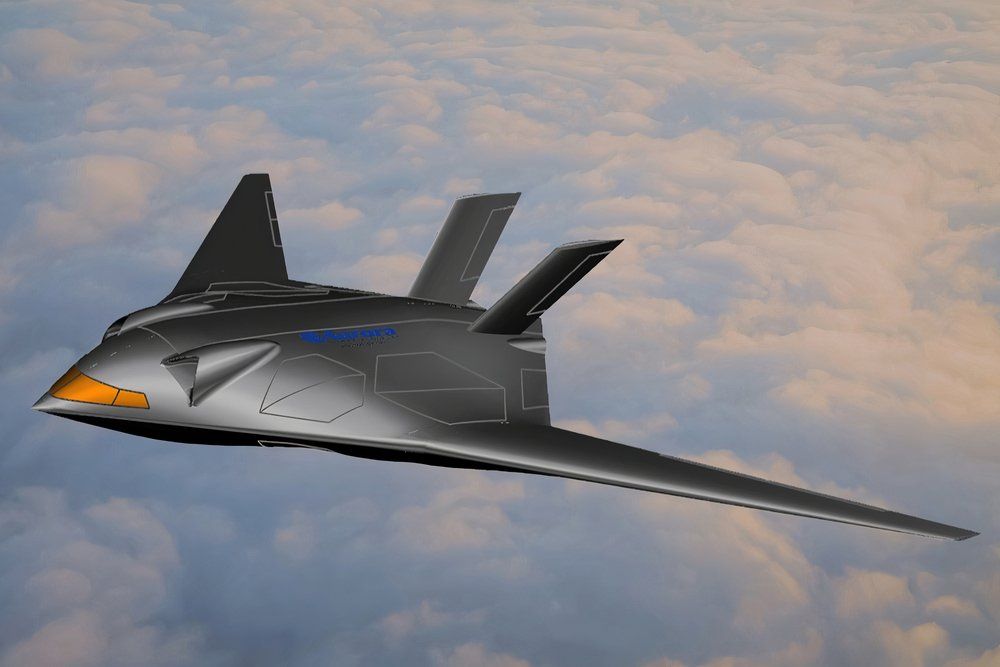
Related
Boeing’s Aurora Flight Sciences Reveals New X Plane Design
Boeing’s Aurora Flight Sciences is working on new innovations in flight, including a X-plane that uses multiple lift fans to reduce runway dependency.
According to NASA’s Spinoff page:
“Aurora’s GoldenEye and Excalibur aircraft are both vertical takeoff and landing vehicles with science-fiction looks. The GoldenEye 50 and the larger GoldenEye 80 are ducted-fan aircraft designed to provide highly portable surveillance for military applications. Excalibur is an armed tactical UAV that takes off on one side and then rolls over for mission mode, protecting its sensors from any dust kicked up by its propulsion system.”
“’A lot of aircraft missions are not involved with carrying people, and when you take the people out of the equation, it completely changes the design space,’ explains Langford. ‘GoldenEye and Excalibur are examples of designs that have no analog in manned aircraft.’”
In short, GoldenEye and Excalibur serve as force multipliers for the US Armed Forces’ pre-existing UAV fleet. Aurora also plays another part: one-third of the company’s workforce focuses on RQ-4 Global Hawk production, tasked with crafting the airframe’s composite components (except for the wings).
2
McDonnell Douglas F-15B Eagle
More than just a super-deadly air superiority fighter, as it turns out.
The Eagle, a 4th-generation jet fighter, is mainly known as one of the most successful and deadliest air superiority fighters of all time, with an unmatched air-to-air kill ratio of 104:0!
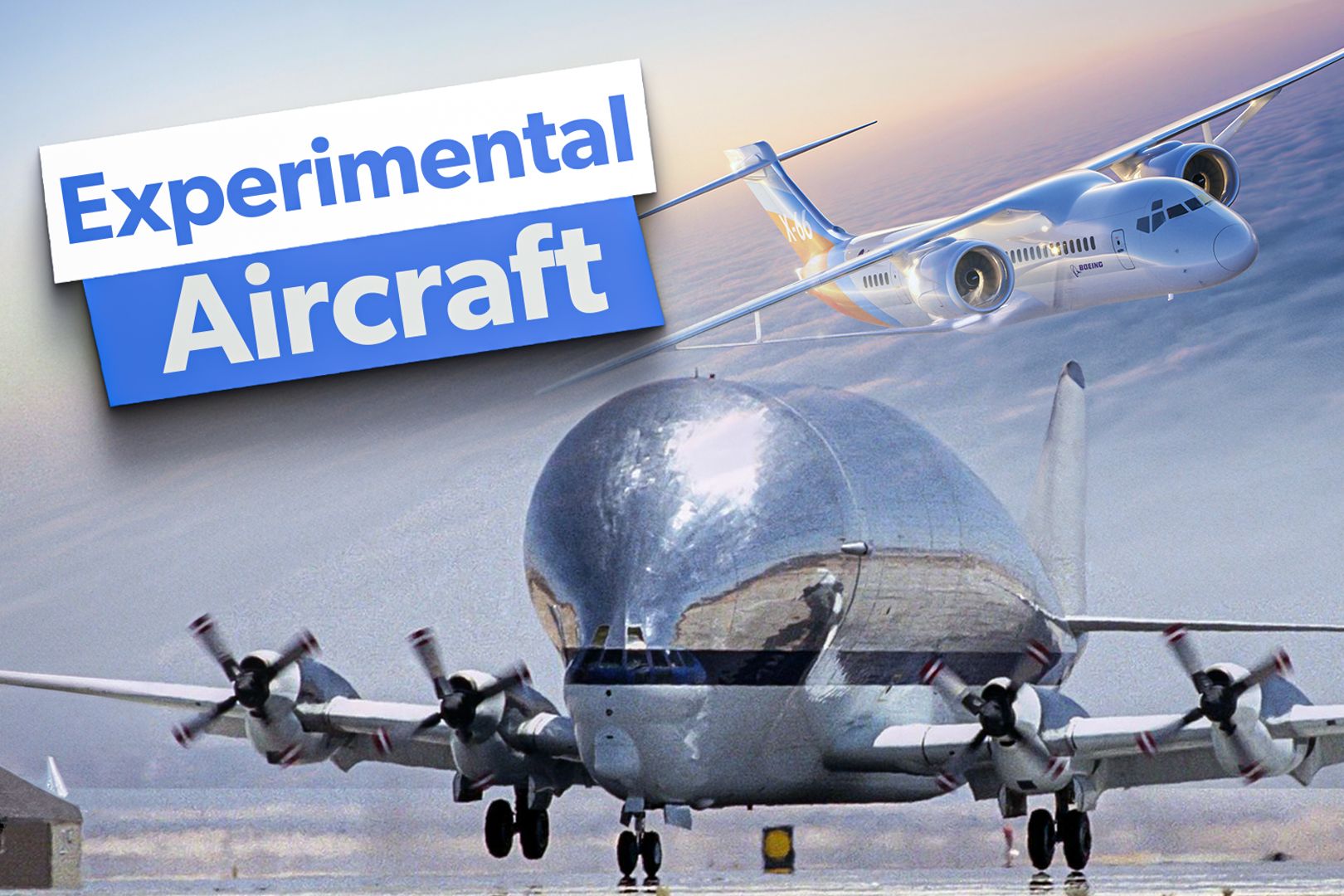
Related
5 Key & Experimental Aircraft Flown By NASA
NASA is at the cutting edge of aviation with its X-series experimental aircraft and operates many other remarkable aircraft.
But, as it turns out, the F-15 Eagle has also proven itself useful in a peacetime application, as noted by the article I linked to at the top of this article (authored by Simple Flying’s Aaron Spray):
“NASA’s F-15B [tail number 836] is a two-seat version of the F-15 (which was obtained from the Hawaii Air National Guard in 1993). NASA uses the F-15Bs for research missions, crew training, pilot proficiency, and safety chase support for other research aircraft. During chase missions, the F-15Bs transmit high-speed airborne video and photography to researchers on the ground.”
Aaron notes that NASA also has two F-15Ds for these same purposes.
Though McDonnell Douglas merged with Boeing in 1997, the F-15B variant was built from 1972 to 1979, and the D model from 1979 to 1985.
1
P-3 Orion
More than just an ASW platform
The Lockheed P-3 Orion is known first and foremost as a US Navy antisubmarine warfare platform; it has indeed faithfully served in that role since 1962, but it’s being phased out by the Boeing P-8 Poseidon.
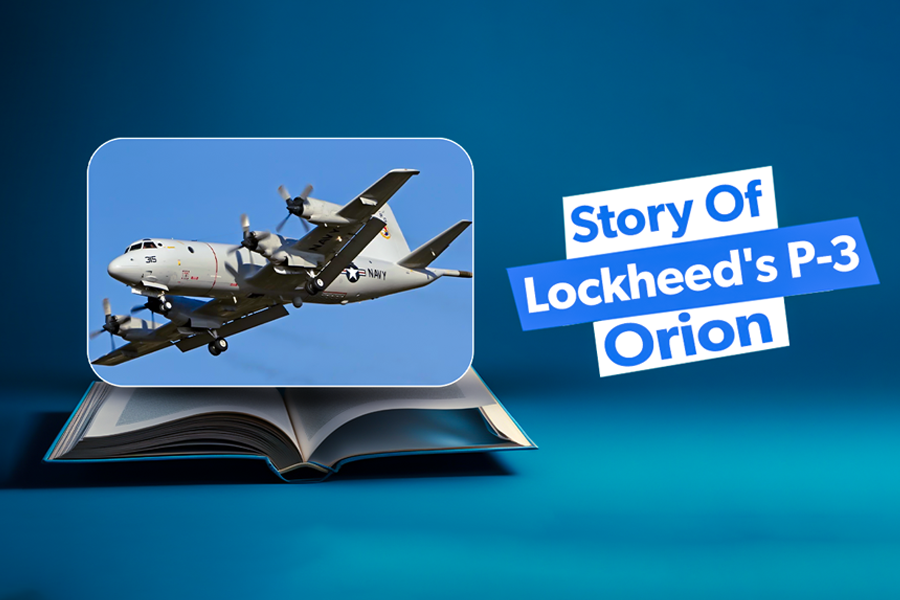
Related
Developed From The L-188 Electra: The Story Of Lockheed’s P-3 Orion
The aircraft was originally built for the US Navy.
However, thanks to NASA, at least one Orion, Registration No. N426NA has found a new lease on life within their Earth Science Project Office (ESPO). As Aaron Spray explains:
“NASA’s Wallops Flight Facility (WFF) Aircraft Office has operated the P-3 since 1991 for a wide range of scientific activities – including ecology, meteorology, atmospheric chemistry, cryospheric research, oceanography, soil science, biology, and satellite calibration/validation. NASA states that far from hunting subs, its P-3 has been extensively modified to support airborne scientific research.”

